“The difference between a flower and a weed is judgement.” – Wayne Dyer
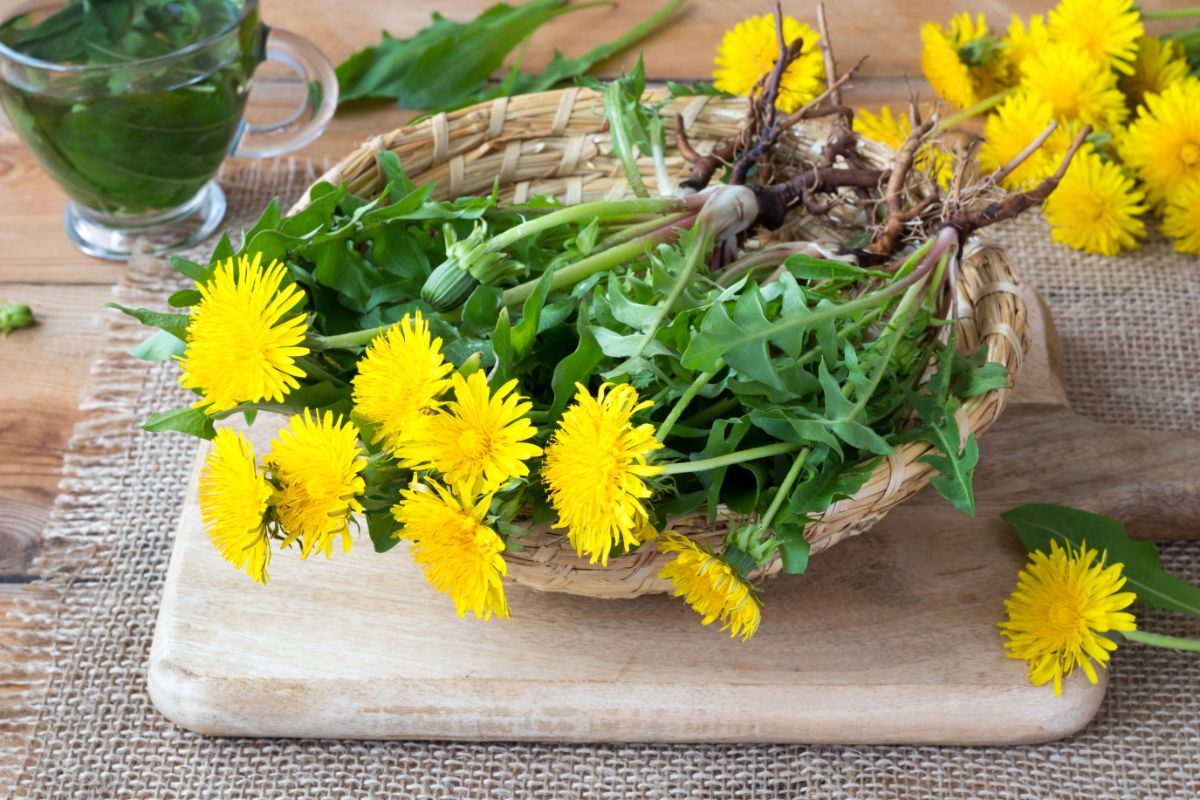
Dandelions often get a bad reputation in the garden due to their vigorous growth habit and ability to spread quickly across grass lawns. Often labeled as a “weed,” gardeners can struggle for years to eradicate these plants and often resort to toxic herbicides to get rid of them. However, dandelions can be very useful (and tasty) plants if you know what to do with them!
Instead of spraying your dandelions, why not put dandelions to use in recipes and crafts? Finding ways to get the most out of common weeds can help you save on your grocery budget, and it’s eco-friendly too! Below, we’ve compiled some of the best ways to use dandelions, but we hope this list inspires you to think about other ways to employ dandelions in your kitchen and home!
Jump to:
- 15 things to do with dandelions
- 1. Dandelion greens
- 2. Roasted dandelion root tea
- 3. Dandelion jelly
- 4. Dandelion vinegar
- 5. Dandelion-infused oil
- 6. Dandelion syrup
- 7. Dandelion pesto
- 8. Dandelion wine
- 9. Flower crowns
- 10. Dandelion eco-prints
- 11. Natural dye
- 12. Paperweight
- 13. Feed the pollinators
- 14. Give your pets a treat
- 15. Make a mini bouquet
- A note on safe foraging practices
- Controlling dandelions organically
- Frequently asked questions
- Summary
15 things to do with dandelions

Dandelions aren’t just weeds. They are also entirely edible plants that are jampacked with nutrition. Beyond that, if you don’t think of dandelions as weeds, they can be quite pretty, and they are useful ingredients for crafting too!
1. Dandelion greens
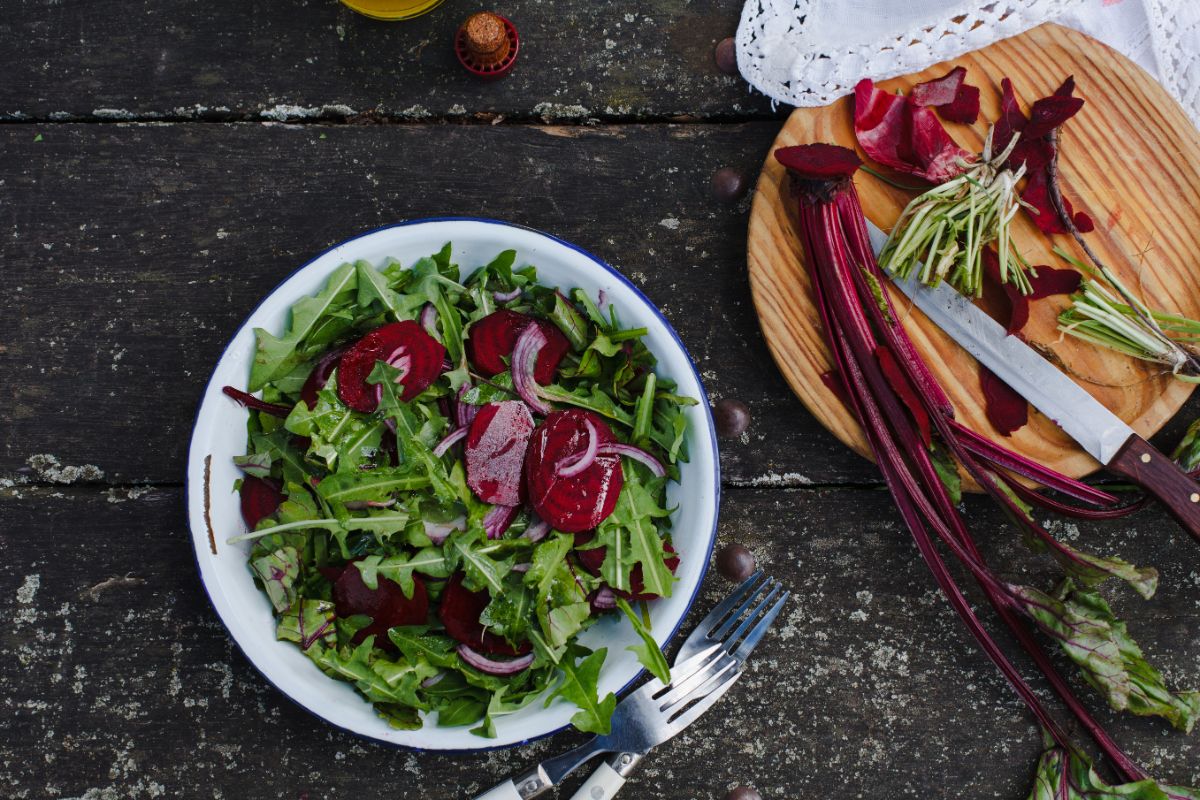
Dandelion greens are very nutritious and can be used just like kale, spinach, or other leafy greens. They make an easy (and budget-friendly) spring salad, and they can be cooked into soups, sides, and another tasty fare. One popular side dish calls for dandelion greens mixed with parmesan and garlic – yum!
Dandelion greens can be a bit bitter, which may not be everyone’s cup of tea. You can dilute the flavor of dandelions a bit by mixing them with milder flavored greens in garden salads – such as arugula and lettuce. Alternatively, cooking dandelion greens can mellow out their flavor too.
2. Roasted dandelion root tea
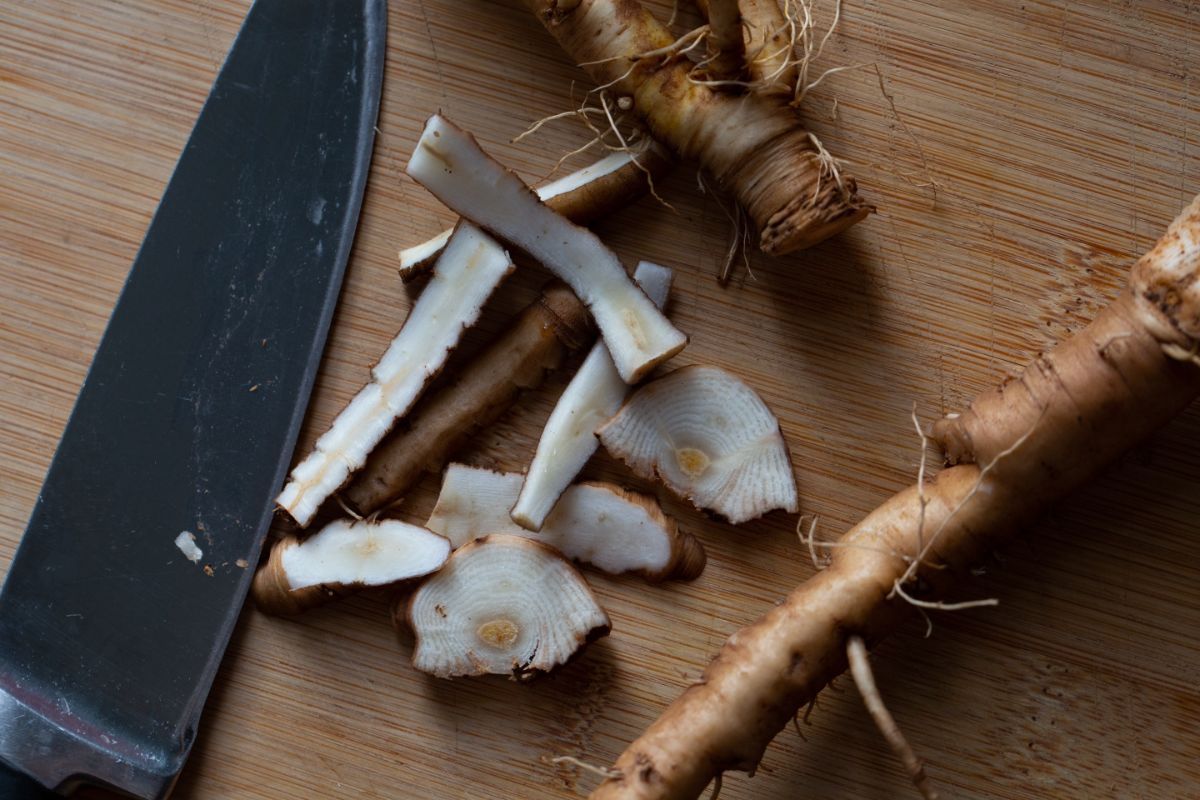
All parts of dandelions are edible, including their long tap roots. Dandelion roots can be cooked into baked goods and other desserts. However, more often, dandelion roots are roasted and then ground into a coffee substitute.
Dandelion root tea is rich and savory and does taste a lot like coffee. Completely caffeine-free, dandelion root tea can be a nice substitute if you’re trying to stay away from coffee but still like to enjoy a steaming mug with breakfast.
3. Dandelion jelly
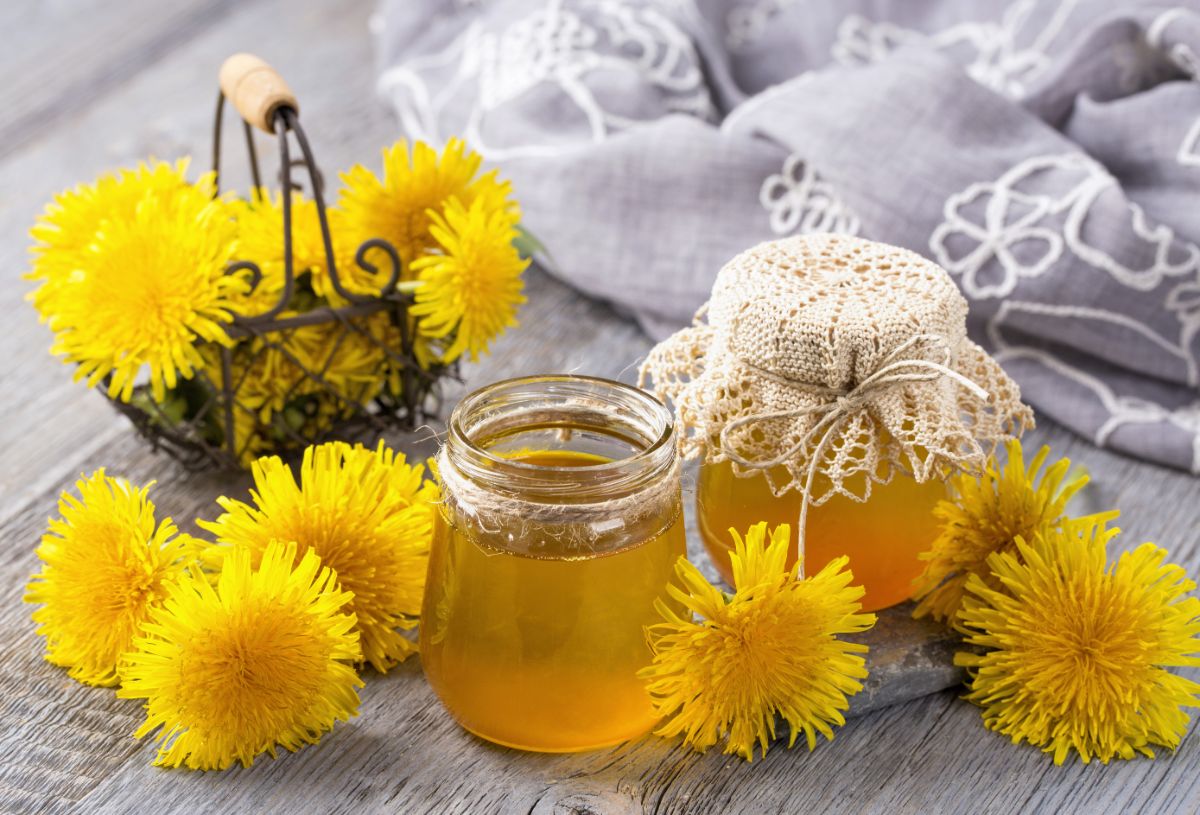
Dandelion jelly is a fun and unique way to use up dandelion flowers. Perfect for serving with breakfast toast or other sweets, dandelion jelly is sweet and fresh tasting and can have a little zing to it if you choose to mix in a bit of lemon juice. Charmingly, since the jelly is made from dandelion flowers, it has a natural, bright yellow coloring that really looks like springtime!
Once canned, dandelion jelly can last on your shelves for a year or more. You can even share it with friends around the holidays or make a quick gift basket to share with neighbors!
4. Dandelion vinegar
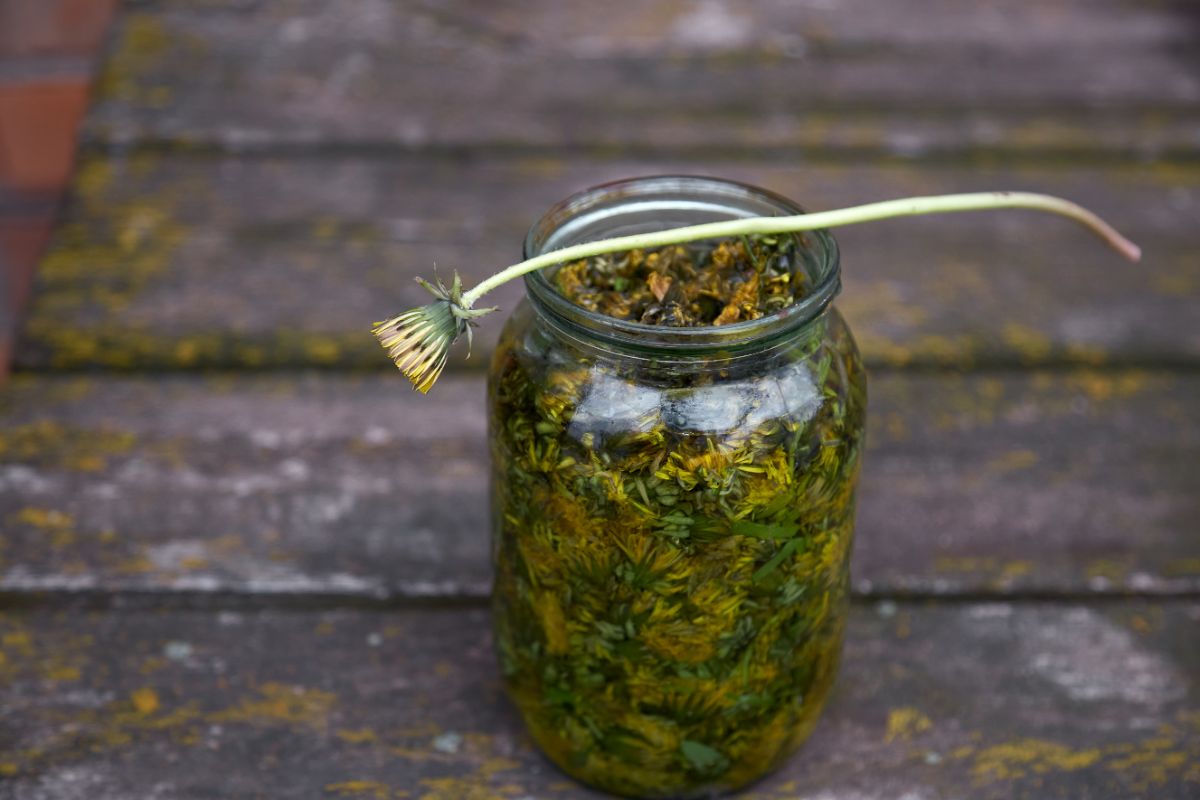
If you don’t have much of a sweet tooth and dandelion jelly doesn’t inspire you, use dandelion flowers to make homemade vinegar instead. Mixed with distilled white vinegar, dandelions impart a subtle sweetness and bitter flavor that makes a wonderful addition to homemade salad dressings.
Dandelion-infused vinegar can also be used to flavor water or as a marinade for meat or vegetables.
5. Dandelion-infused oil
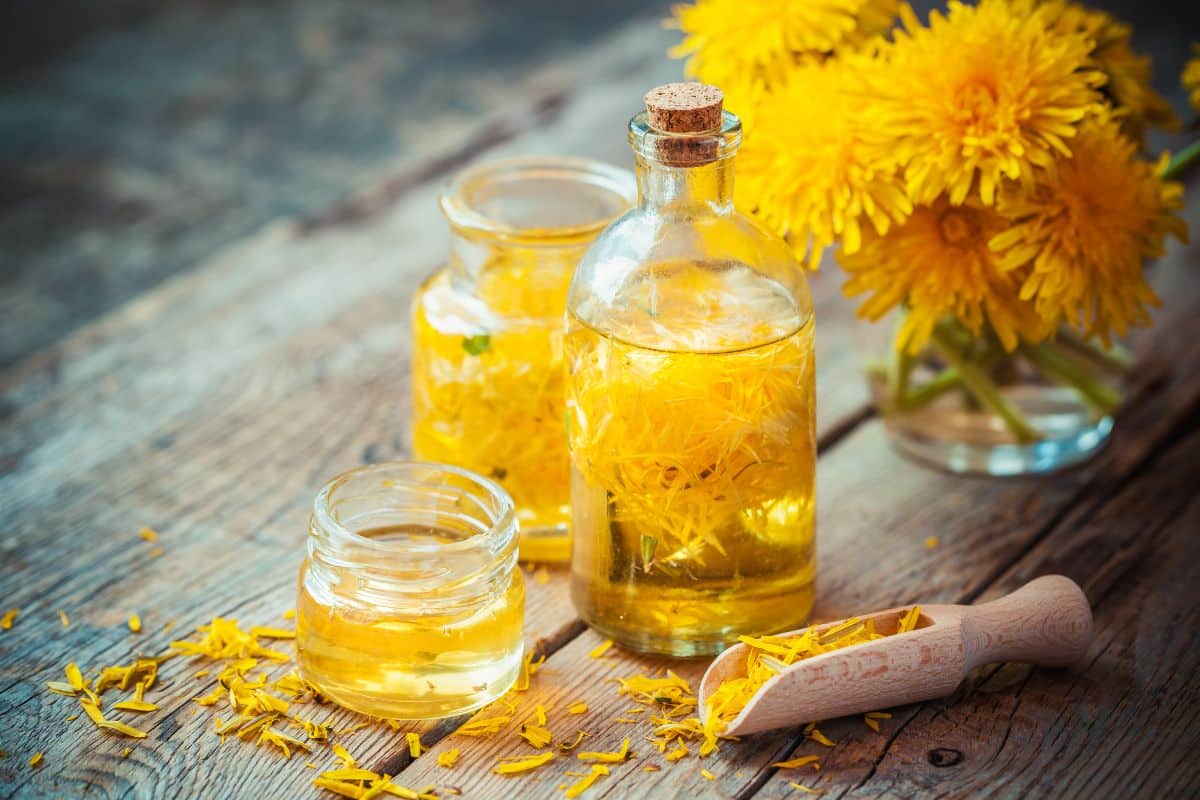
Dandelion blooms can also be infused into a variety of different oils for cooking or crafting purposes. Just as with vinegar, steeping flowers in the oil will infuse their flavor and yellow coloring into the oil itself. Then it’s up to you to decide how you want to use your dandelion oil!
Depending on the base oil you use, you can use dandelion oil in homemade salad dressings. On the other hand, if you want to get crafty, you can infuse your dandelions into coconut, sweet almond, or another common oil and use the blend for homemade soap making, crafting body lotions and salves, and other handmade treats.
6. Dandelion syrup

For another fun experiment, try concocting dandelion syrup with your foraged dandelion flowers.
Dandelion syrup is sweet and refreshing and can be mixed into cocktails or hot and cold drinks, like lemonade and iced tea. Dandelion syrup can also be drizzled onto desserts, spread on piping hot pancakes… you name it!
7. Dandelion pesto
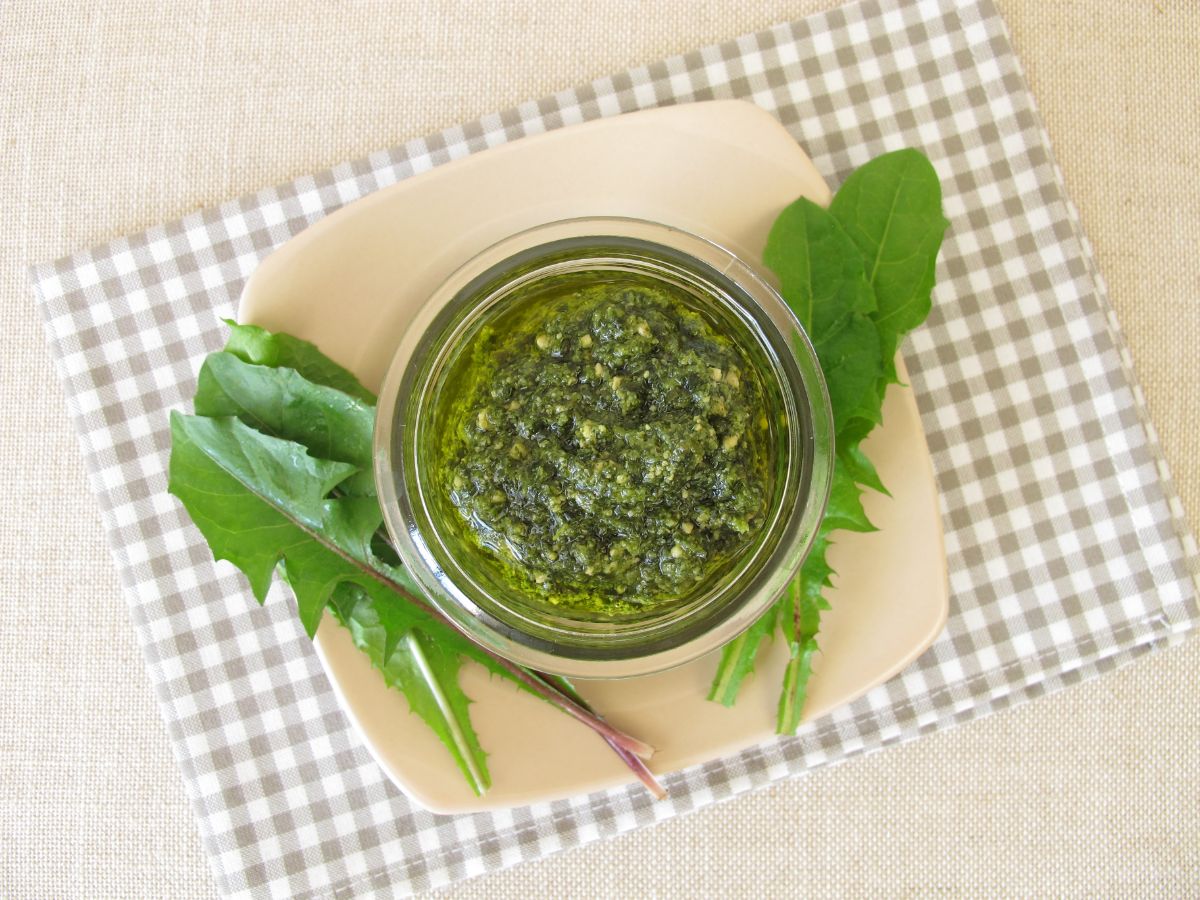
One of my favorite ways to use dandelion greens is to blend them up into a fresh garden pesto. While traditional pesto uses basil as a base, subbing out the basil for dandelion greens will help save on your grocery costs and put any dandelions you pulled from your garden to good use!
To make a dandelion pesto, blend dandelion greens with olive oil, parmesan cheese, lemon, pine nuts, garlic, and salt and pepper to taste. For a slight variation, you can swap out the parmesan and pine nuts for other tasty flavors, like pecorino and almonds or cotija and pumpkin seeds.
8. Dandelion wine
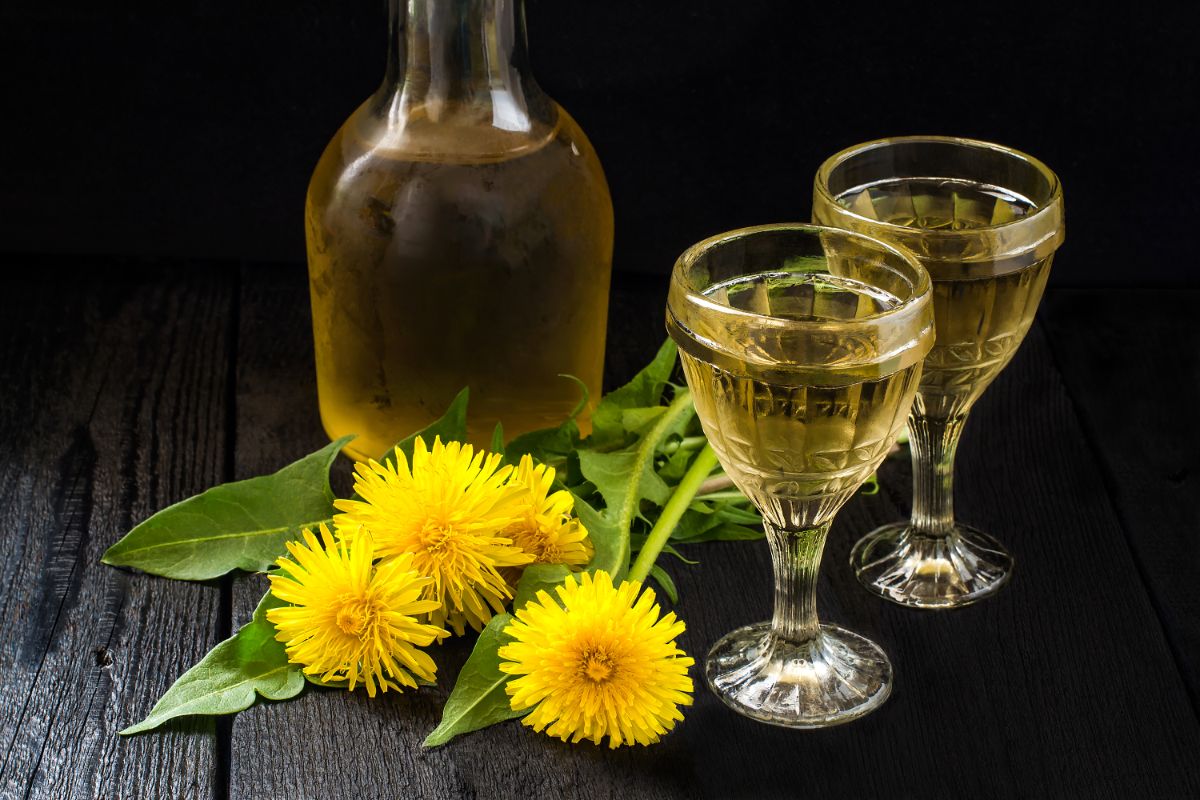
For advanced chefs, dandelion flowers can also be brewed into homemade wine. All you need are some lemons, oranges, golden raisins, wine yeast, sugar, water, cornmeal, and, of course, dandelion flowers!
Fun fact: This particular beverage has inspired several popular songs, including the retro hit by the Hollies!
9. Flower crowns
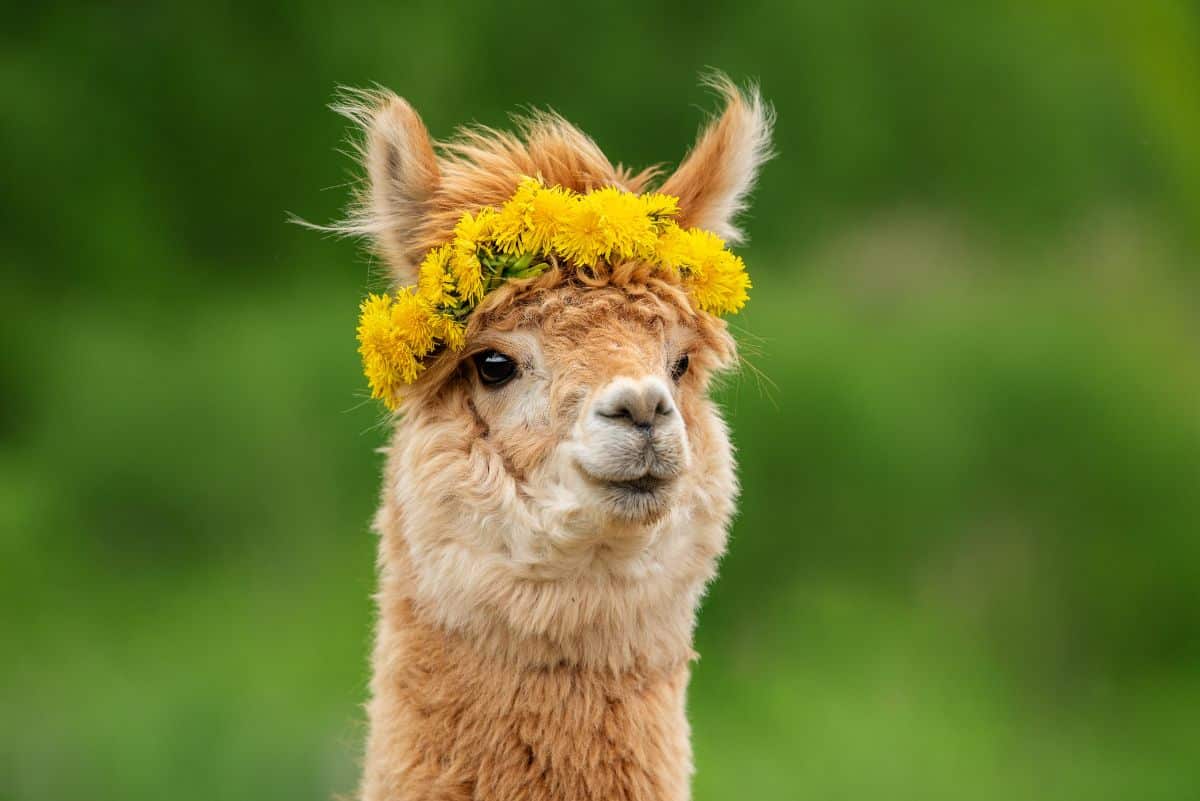
Weaving crowns out of fresh flowers is a fun spring and summer project for adults and children alike. Since dandelions are such common plants, they are often a top choice for homemade flower crowns, or they can be woven into hair braids or made into woven flower necklaces.
Nothing says spring like a few flowers in your hair, after all!
10. Dandelion eco-prints
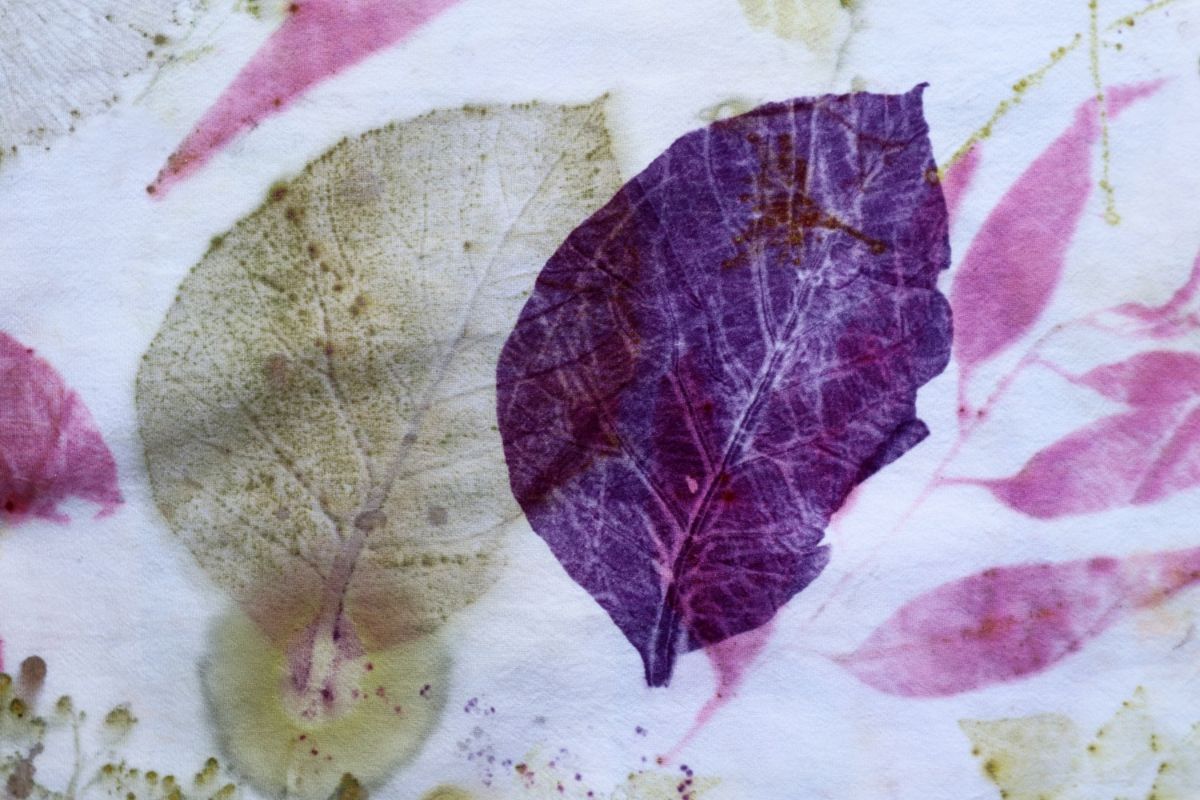
Eco-printing is a technique that transfers plant colors or the entire shape of a plant onto fabric or paper. This can be done with heat and steam, or you can press a flower into your fabric or paper and pound it with a heavy object to transfer the plant’s natural colors onto your project.
Using this technique with dandelions, you can embellish t-shirts, scarves, socks, paper prints for your wall, or anything else you can dream up!
11. Natural dye
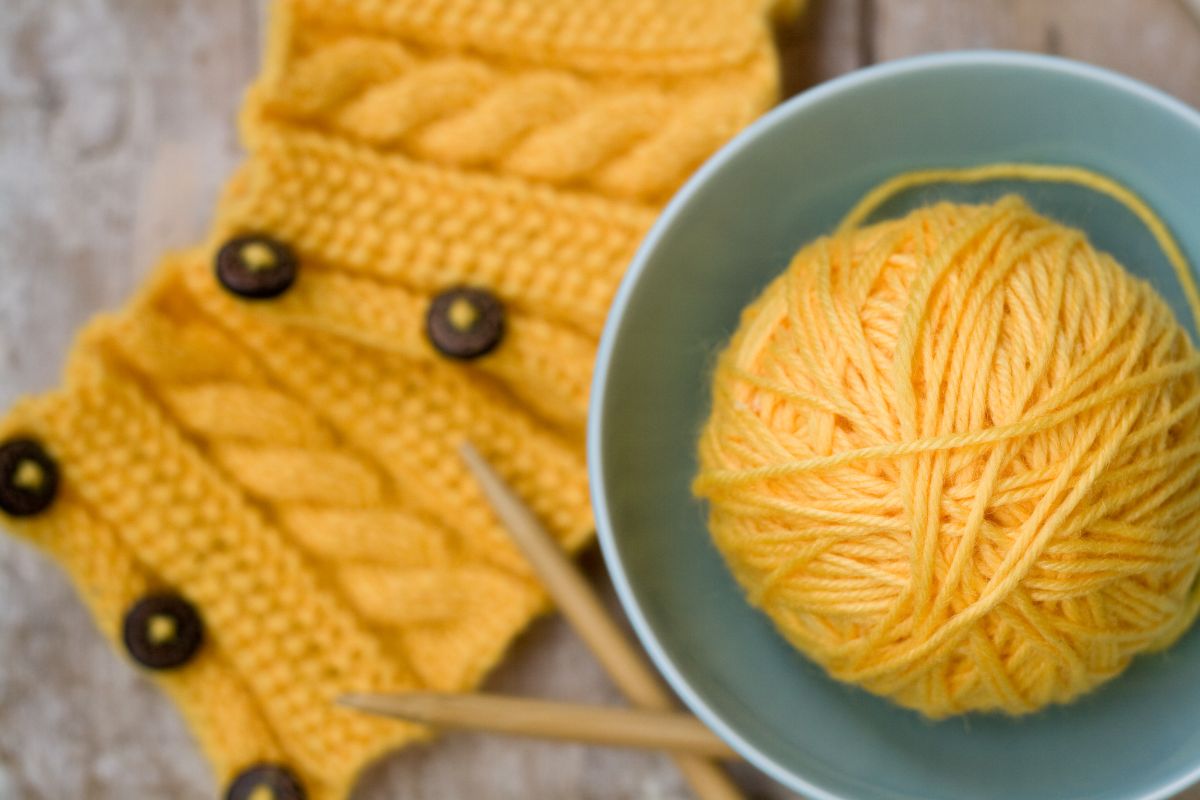
Similar to eco-printing, you can also create natural fabric dye from dandelion flowers. The dye produced with this method will be a lovely, pale yellow and can be used to color a wide variety of natural fabrics and yarns, including wool, cotton, and linen.
Natural dyes, like dandelions, produce different results depending on the fabric and mordant (the fixative that helps bind the dye to the fabric) you use. Dandelion dyes tend to work best with an alum mordant, and colors are brightest on wool. If you’d like to learn more about dyeing with natural dyes, books like The Wild Dyer can help you learn the basics of home dyeing.
12. Paperweight
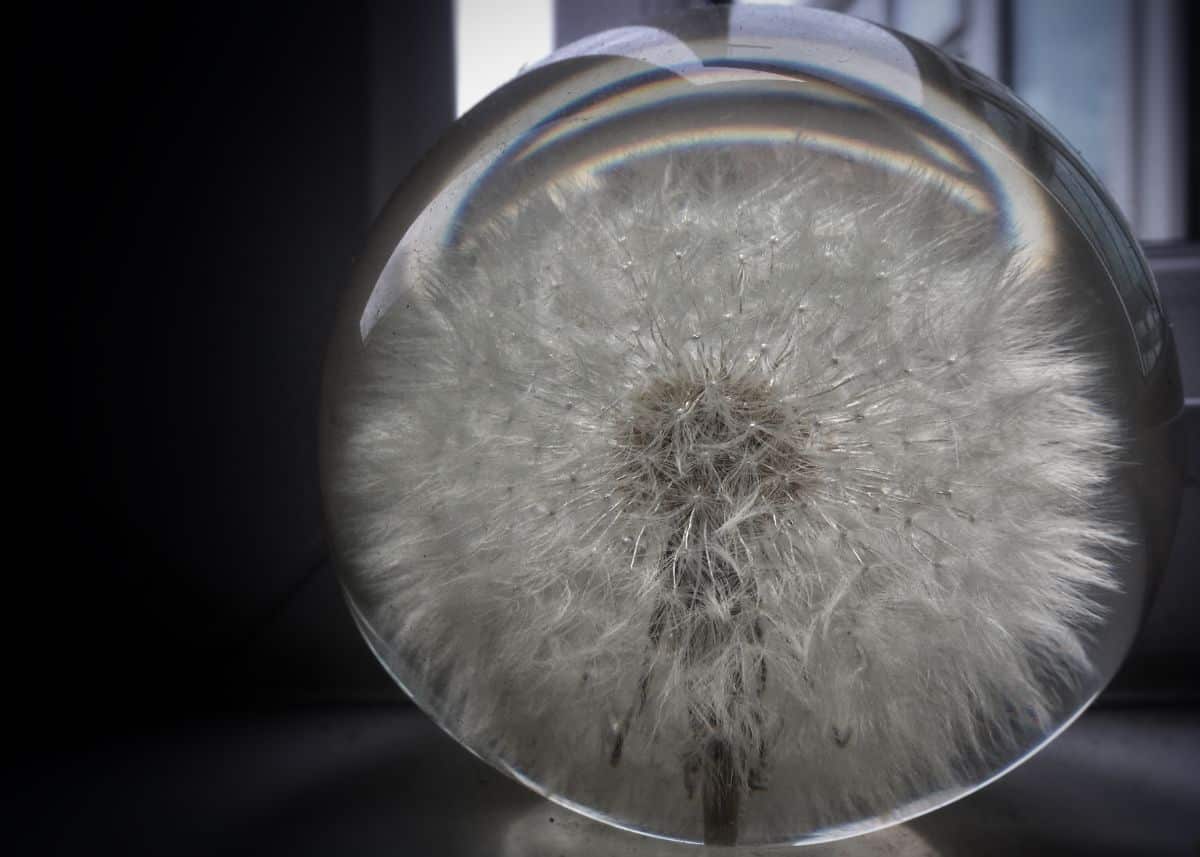
Most projects and recipes use dandelion leaves or their yellow flowers. But once those flowers begin to go to seed, can you do anything with them? Of course, you can!
One fun and classic way to put dandelions to use after they go to seed is to make a homemade paperweight. These paperweights use clear resin to fix the dandelion in place so you can enjoy these fantastic flowers for many years to come!
13. Feed the pollinators
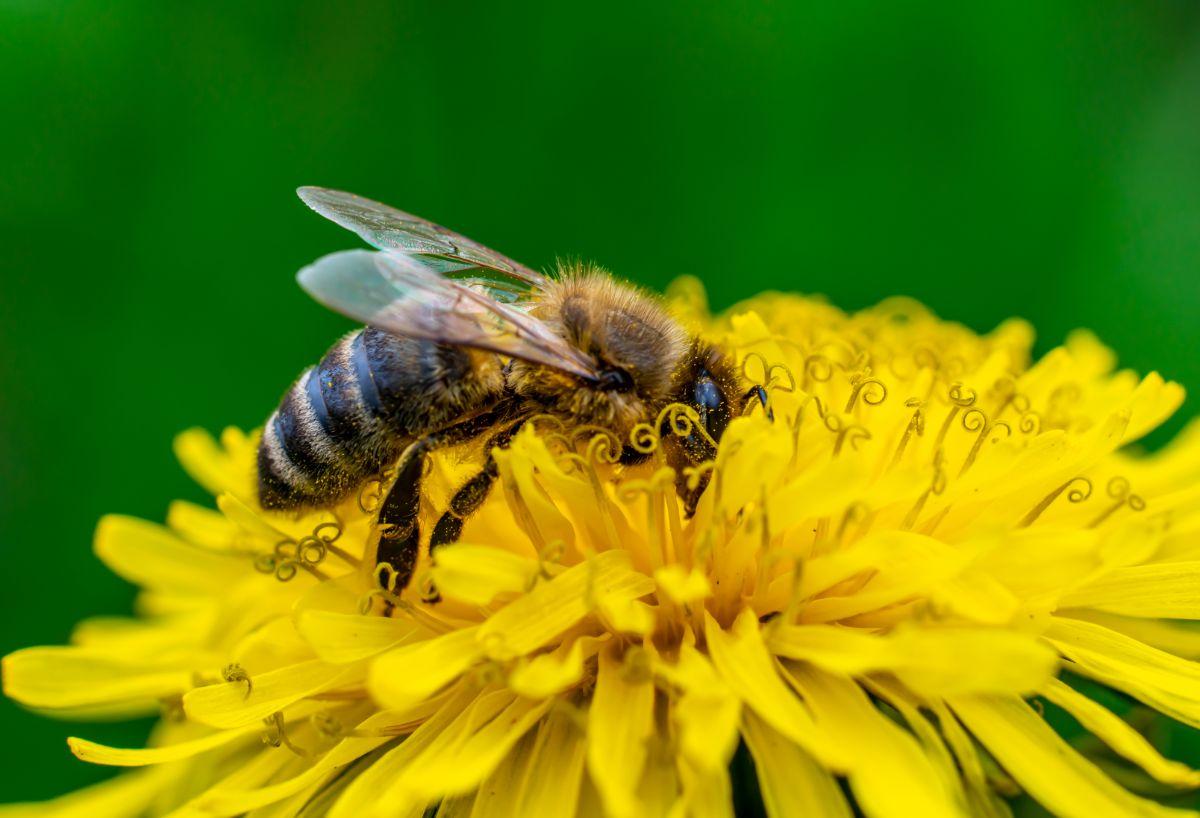
While there are many ways to utilize dandelion flowers, leaves, and roots, one of the best ways to get the most out of dandelions is to leave them right where they are. While this may not be possible for all people if you don’t mind the look of dandelions, allowing them to grow in your yard can save you a lot of headaches and help feed local wildlife too!
Bees, butterflies, and other pollinators love to feed on the nectar and pollen in dandelion blooms. Rabbits, deer, and other creatures will also happily feed on the leaves and flowers. Leaving at least a few dandelions in your yard is a great way to support local wildlife, and you won’t need to weed as much, either!
14. Give your pets a treat
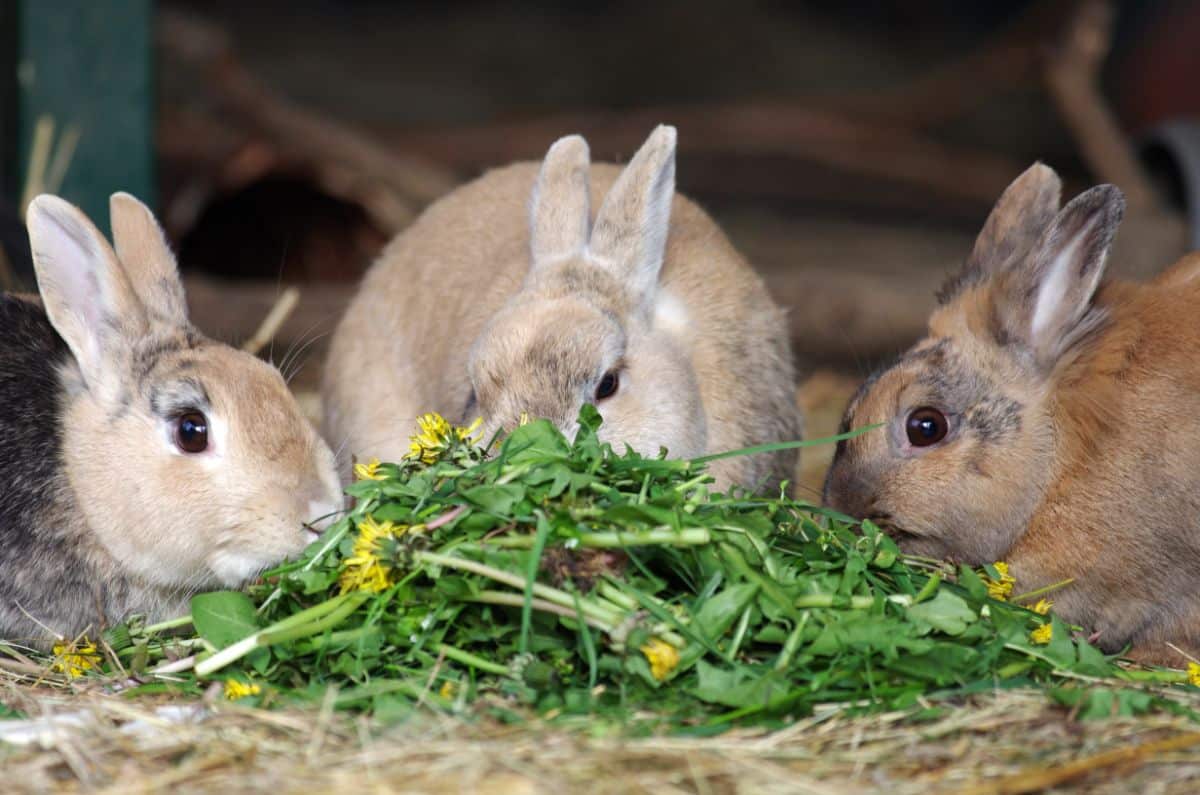
If you have pets that love munching on fresh veggies – like rabbits, tortoises, and chickens – they will absolutely love some fresh dandelion flowers and leaves too! As with any food, moderation is key, so don’t give them too much at once. But feeding fresh, organic dandelions to your pets can provide your pets with quality nutrients and provide a bit more variety in their diets too!
If you want to feed dandelions to your pets, just be cautious and only use organically grown dandelions that haven’t been exposed to pesticides.
15. Make a mini bouquet
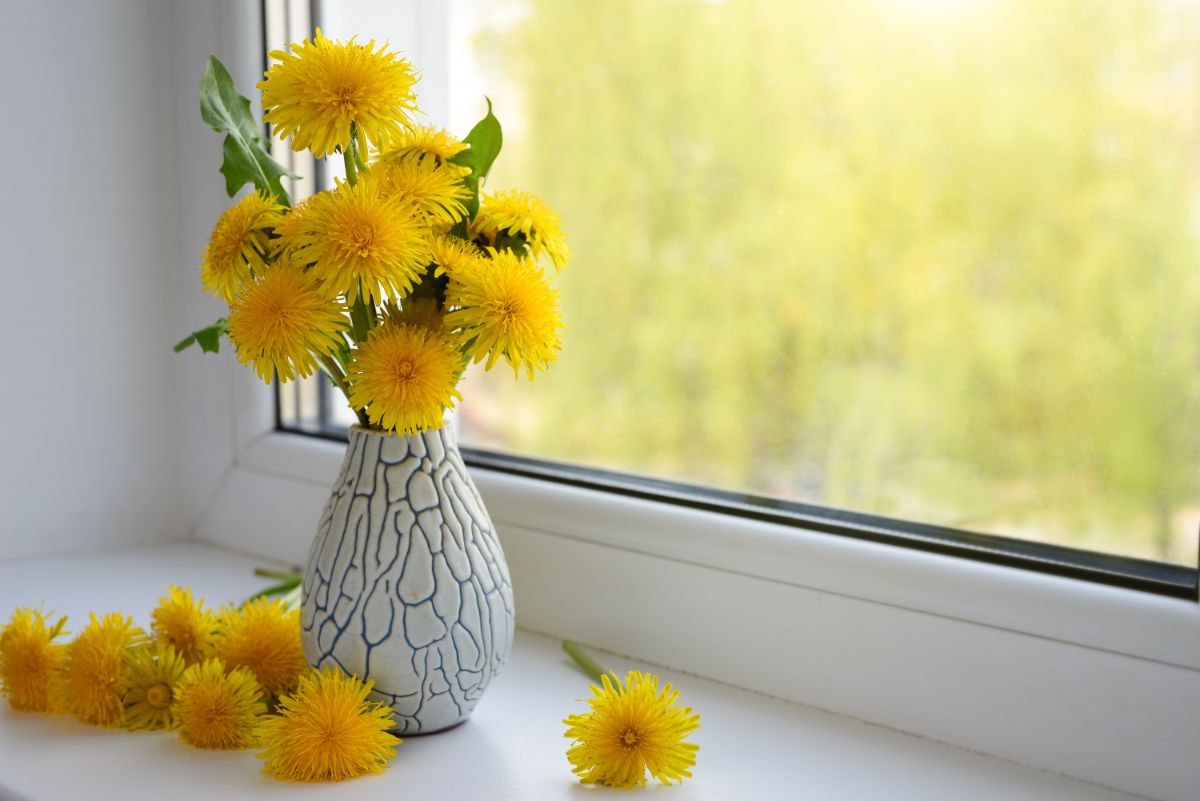
Of course, one of the most obvious ways to use dandelions is to create a small bouquet with them. Thanks to their small size, dandelions look particularly pretty in miniature vases, and they work well with florist frogs, too, if you’re interested in creating a more elaborate display.
And don’t forget, adding a small amount of white vinegar and sugar to your flower water can help keep fresh flowers looking their best for longer as well!
A note on safe foraging practices
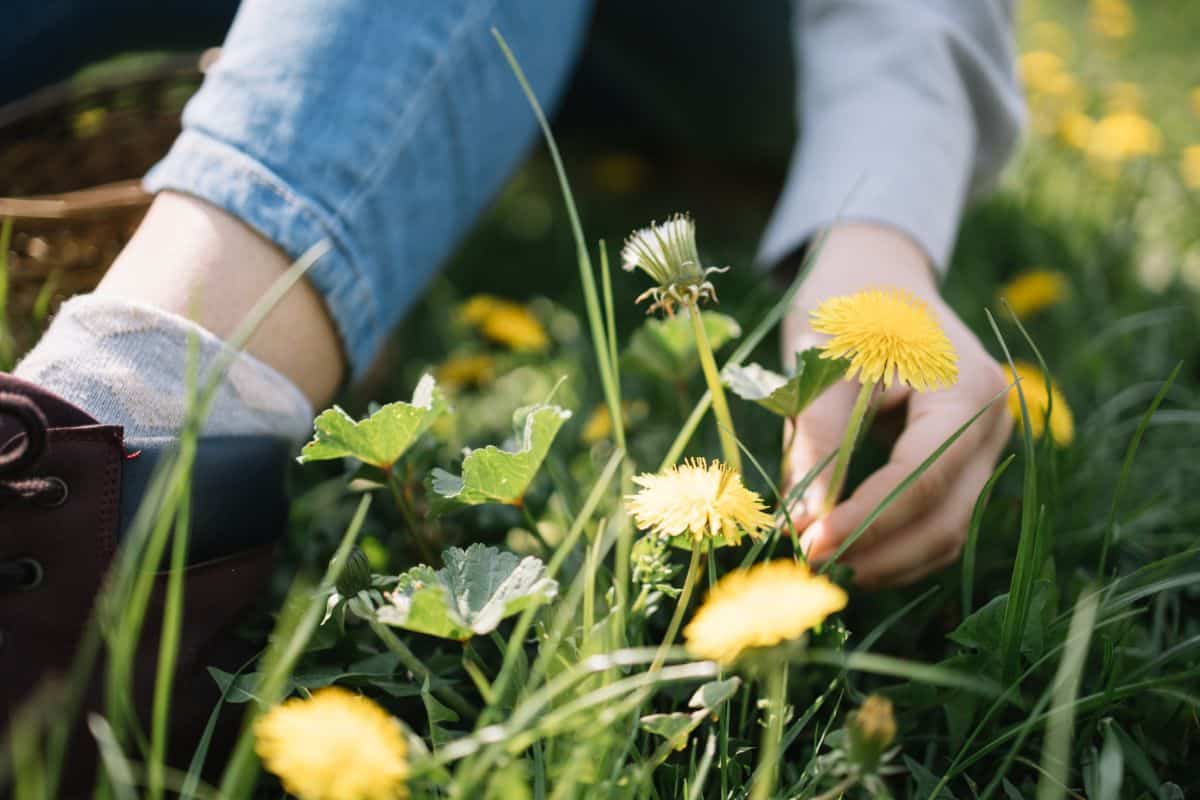
Dandelions tend to be one of the most heavily sprayed weeds in commercial areas and neighborhoods, so it’s important to follow safety precautions when harvesting dandelions for eating or feeding your pets. You don’t want to accidentally ingest dandelions that have been treated with herbicides!
If you’re harvesting dandelions from your own organic garden or lawn, you don’t need to worry much about what they’ve been exposed to. However, if you’re foraging for dandelions elsewhere, be sure to ask the landowner if they’ve sprayed their lawn or garden with herbicides. And avoid harvesting dandelions from highly populated areas, such as along roadways, sidewalk cracks, and parking lots, where the chance of herbicide use is high.
Dandelions harvested in wild areas are generally safer to use, but always ask if in doubt. Once you get your dandelions home, be sure to give them a good wash before cooking with them!
Controlling dandelions organically

Even if you don’t want to use dandelions, there are many effective ways to control these plants in your yard without needing to use toxic herbicides.
One of the best ways to control dandelions organically is to time your lawn mowing well. If you notice the dandelions in your yard are starting to flower, mow your grass regularly to prevent the flowers from going to seed. This will help you avoid dandelions spreading rapidly throughout your property.
Dandelions can be tricky to eradicate due to their long tap roots; however, using the proper weeding tools can simplify the process immensely. Hori-hori gardening knives and weeding forks are specially designed to reach deep into the soil and sever roots off at the base so that plants won’t regrow.
If you’re dealing with dandelions in your sidewalk crack or outdoor patio, you can spray the plants with horticultural vinegar or burn them with a weeding torch. Both of these methods are less invasive than traditional herbicides, and they can be very effective when used consistently.
Finally, if you have a large patch of dandelions that you need to get rid of fast, you can smother them out by covering the area with several layers of cardboard or wet newspaper or a layer of opaque, plastic sheeting. After a few weeks, the dandelions will die back, and you can remove the covering and return to gardening as usual!
Frequently asked questions
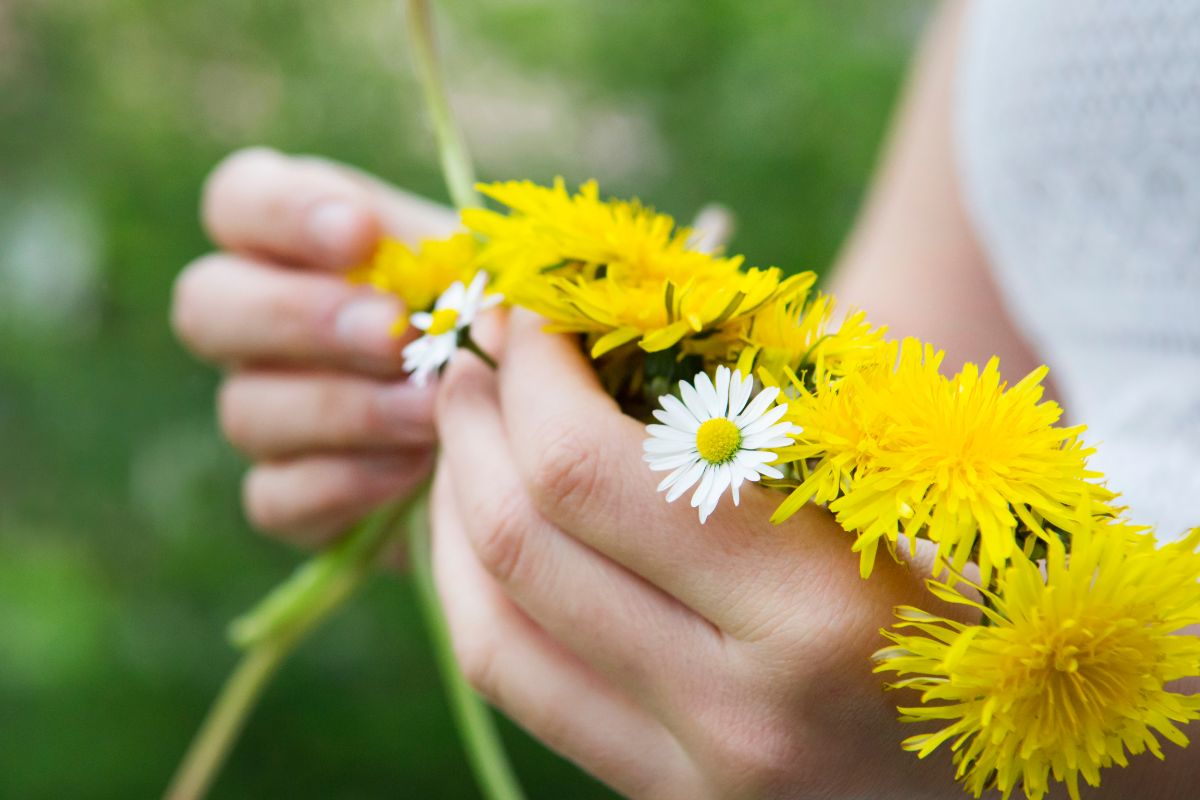
Dandelions won’t harm your lawn, and leaving them in place can offer some benefits. Dandelions provide a good source of nectar and pollen for pollinators and other beneficial insects. Additionally, the long tap roots of these plants can bring nutrients up from deep in the soil and make them more readily accessible to plants with shorter root systems.
No, mowing your lawn won’t spread dandelions. In fact, mowing your lawn regularly will help to keep dandelions from going to seed, and it can be an effective way to eradicate dandelions from your property.
Pulling dandelions is a safer and more efficient way to remove these plants. Herbicide sprays are not always effective, and they can have negative impacts on the environment, local waterways, and wildlife. If you remove the entire dandelion tap root with weeding, the plant will not regrow.
As long as the dandelions in your yard haven’t been sprayed with pesticides and herbicides, they are perfectly safe to eat!
Yes. Dandelions can be eaten raw or cooked, and the entire plant is edible. Some people prefer to cook dandelions before eating them as the heat can help mellow out the dandelion’s flavor and make it less bitter.
Yes! All parts of dandelions are edible, including their flowers. Flowers can be used as accents in ice cubes, spread across lettuce for pretty salad toppers, or infused into vinegar, oil, or syrups!
Summary
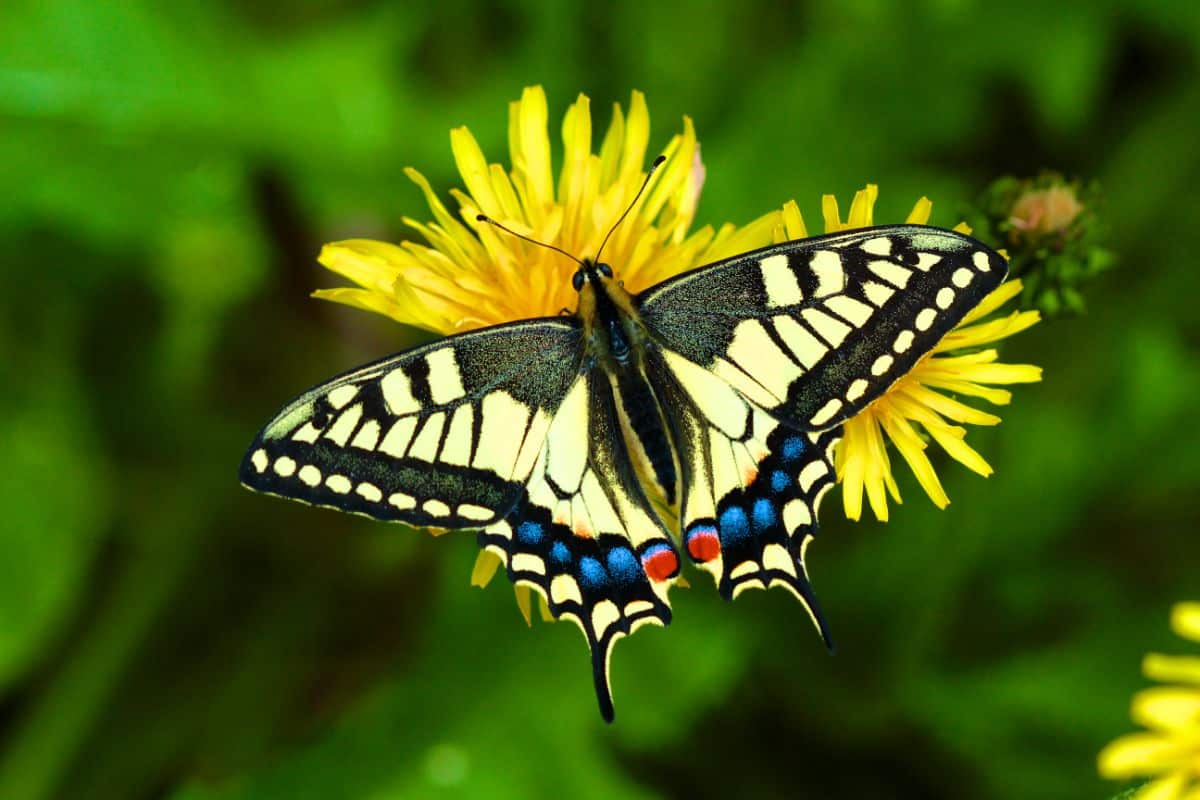
Once dandelions were considered to be just annoying weeds that needed to be removed as quickly as possible. But dandelions are very useful plants that are edible, nutritious, and fun for crafting too.
Labeling plants, like dandelions, as “weeds” can set you up for frustration as you struggle to remove every single dandelion you see. But if you can discover ways to put these plants to good use, you’ll develop a new appreciation for dandelions and other common plants. Once you do, don’t be surprised if you actually want more (not less!) dandelions in your yard!
Dandelions are one excellent foraging food that can help offset grocery expenses and give your family something nutritious to eat. If you’d like to learn more about foraging for edible foods, check out our guide on making flour with acorns and explore other tasty ways to use the plants that crop up naturally in your garden.

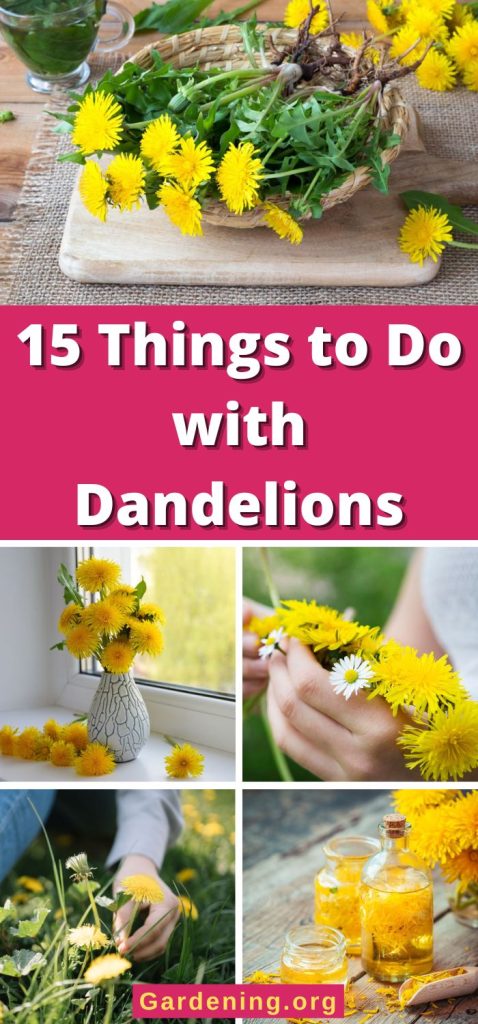
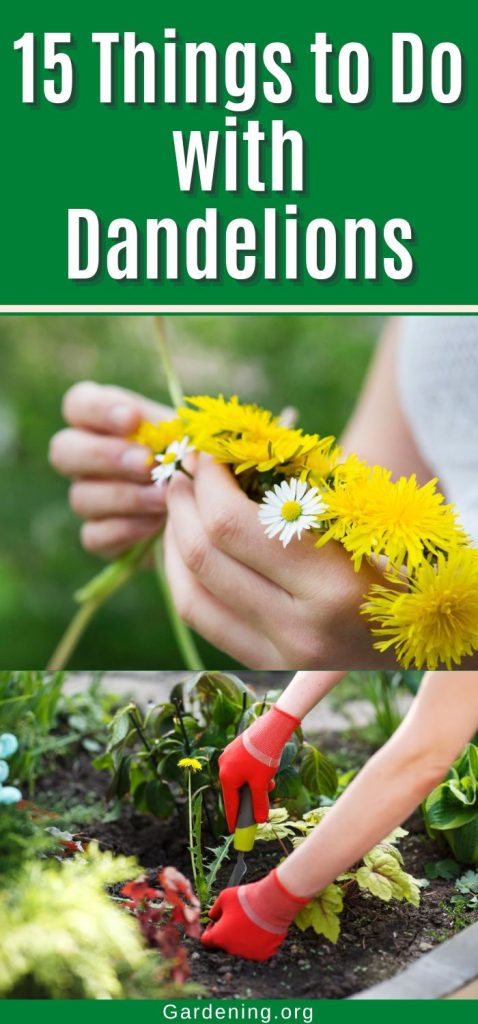
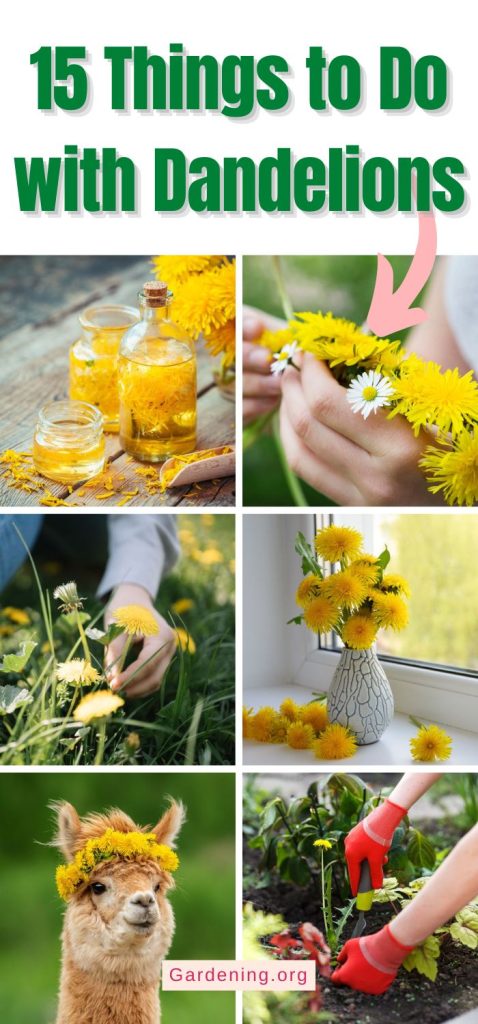
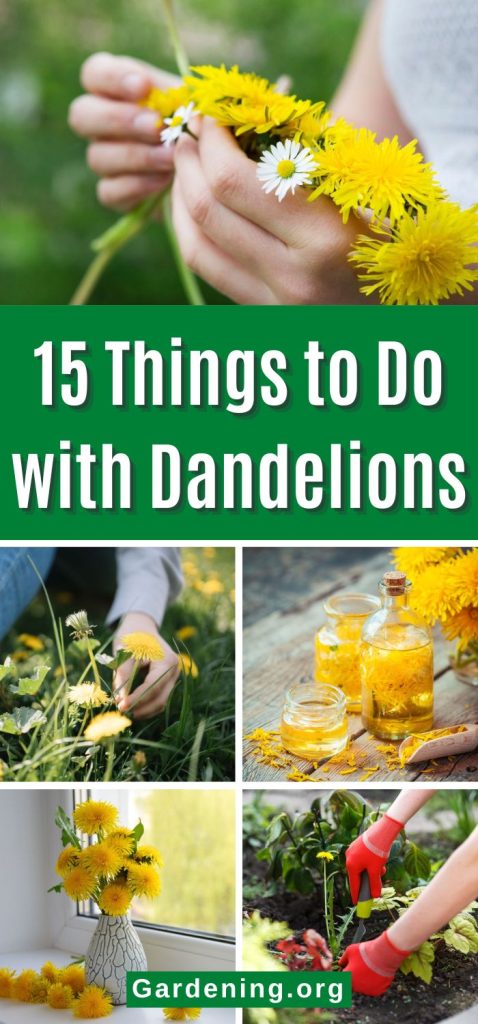
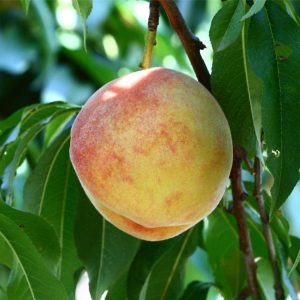
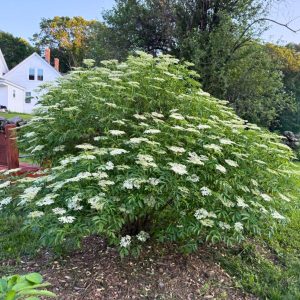


Leave a Reply